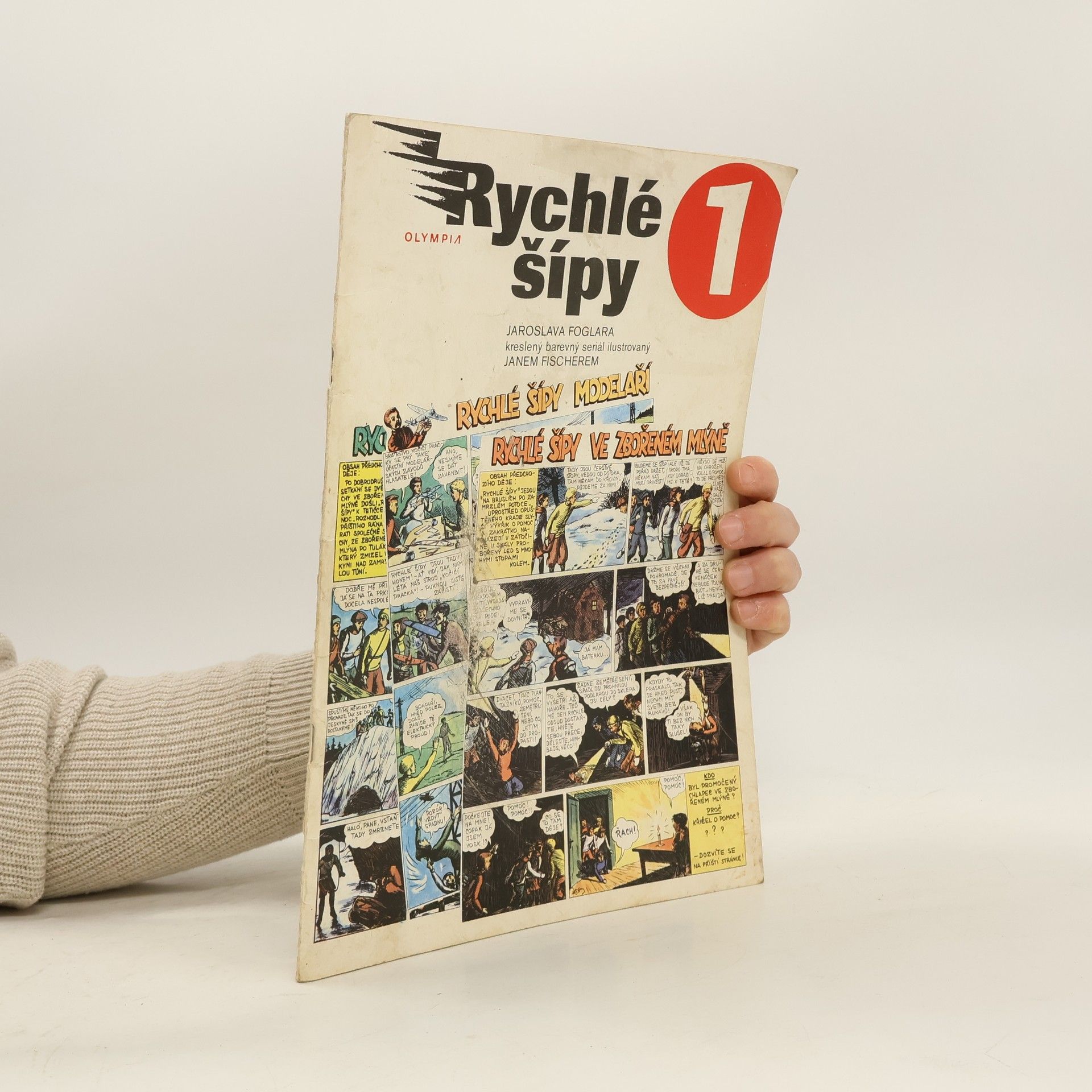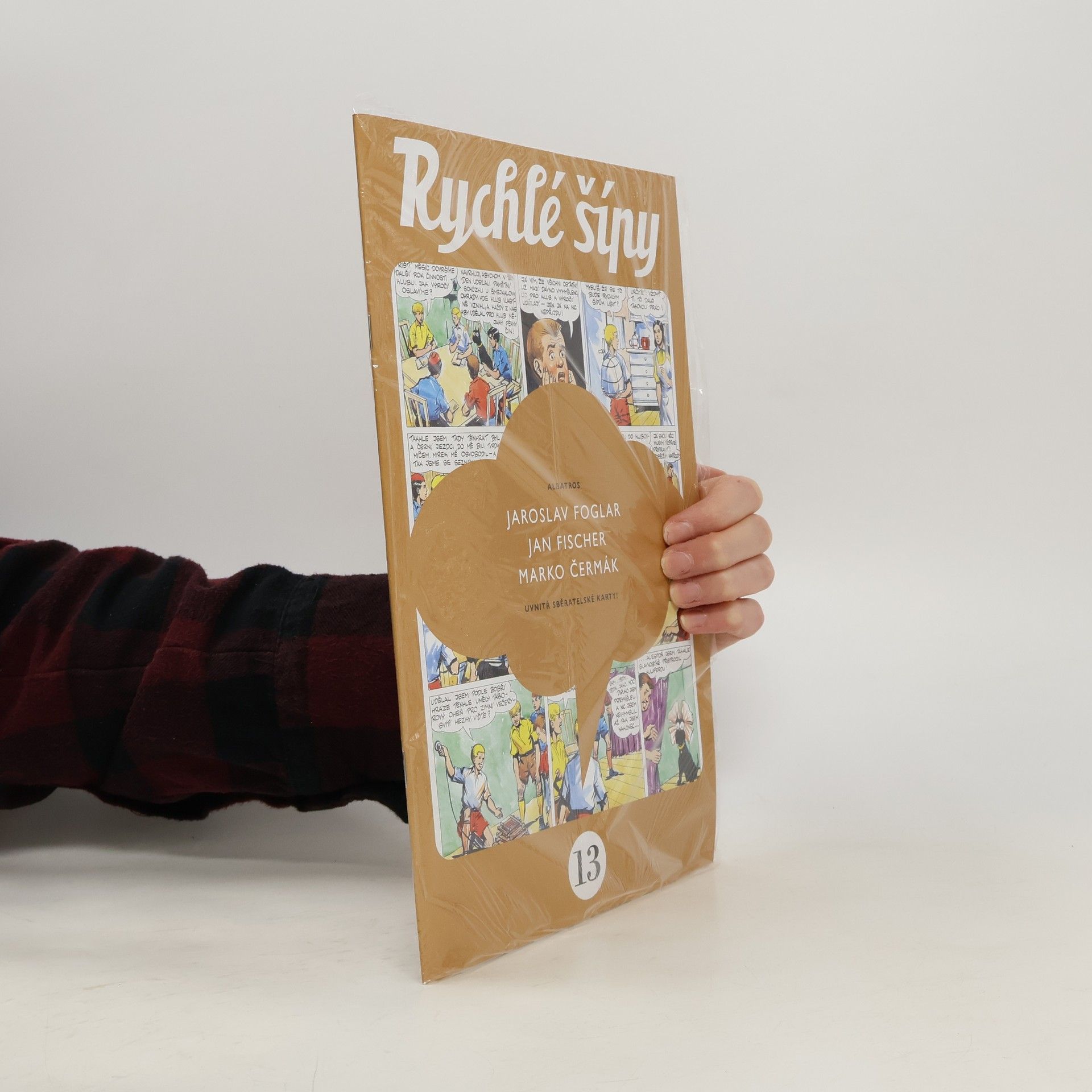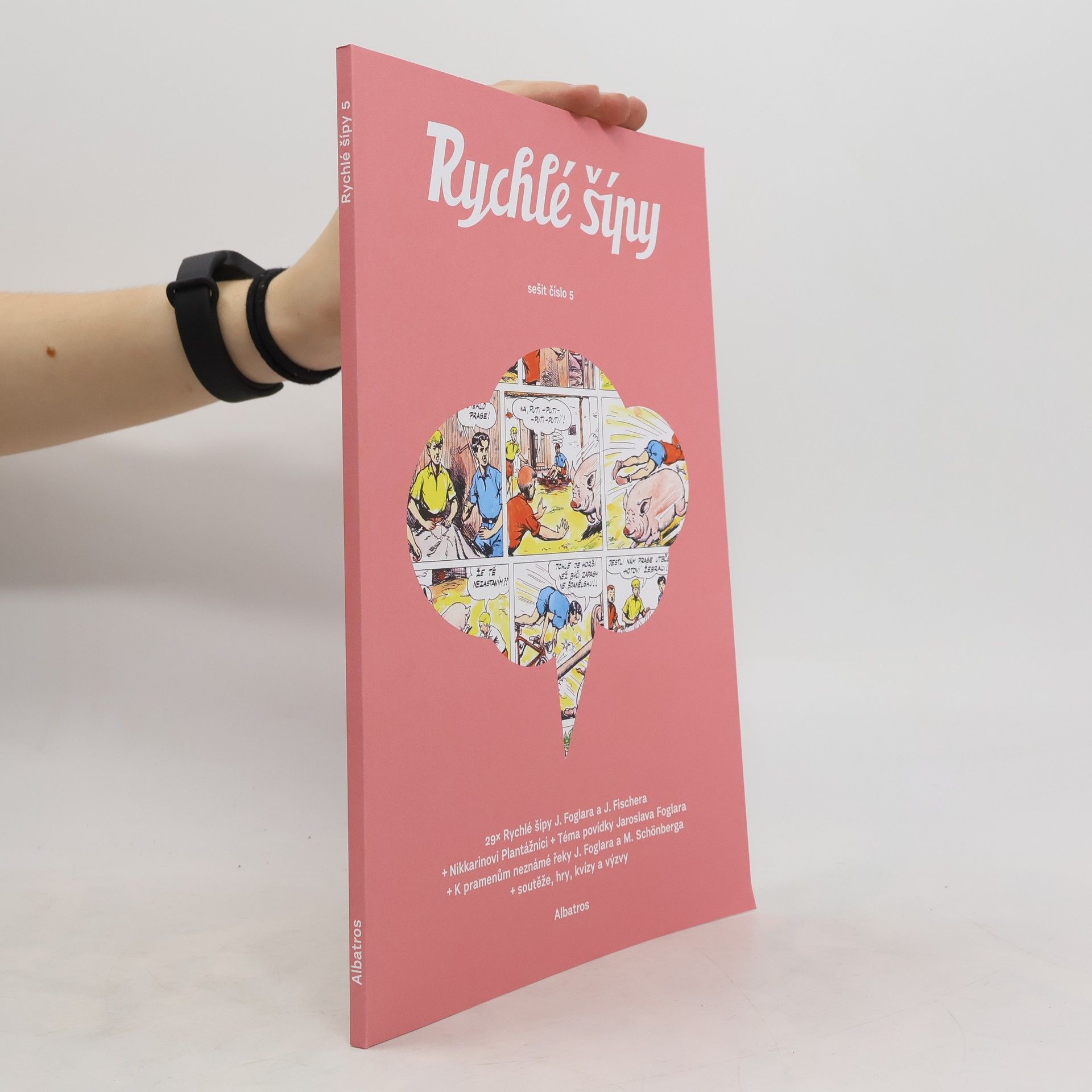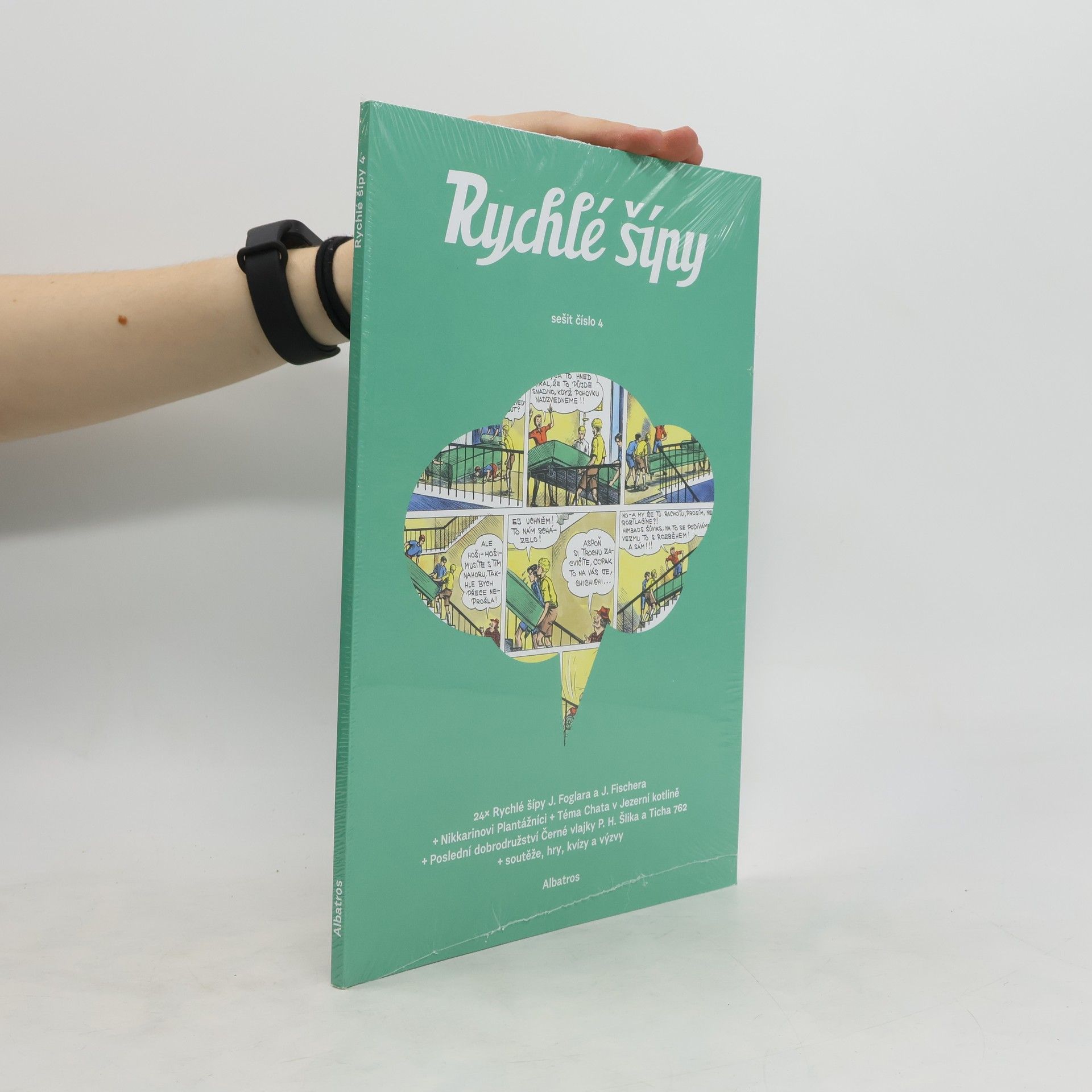Jan Fischer (ilustrátor) Book order






- 2025
- 2024
„Verschwundener Böhmerwald 3“ entführt in die einzigartige Landschaft des Böhmerwaldes und beleuchtet dessen turbulente Geschichte. Der Geschichtenerzähler Emil Kintzl und Regisseur Jan Fischer erkunden das Schicksal von Menschen und Orten, die der Zeit zum Opfer fielen. Historische Fotografien ergänzen die spannenden Erzählungen.
- 2024
Rychlé šípy. Sešit číslo 6
- 72 pages
- 3 hours of reading
Šestý sešit Rychlých šípů! V moderním sešitovém vydání Rychlých šípů najdete původní díly slavného komiksu i nové příběhy ze světa Jaroslava Foglara od současných tvůrců. Tématem šestého čísla jsou knihy Pod junáckou vlajkou a Devadesátka pokračuje, na které odkáže komiks Marka Pokorného a únikovka Honzy Smolíka. Velkým komiksem bude Nebožtíkovo tele od autorů komiksové ságy Rváčov – Džiana Babana a Richarda Fischera, který nás přivede k nálezu mrtvých německých vojáků ve Stínadlech. A pokračují samozřejmě i Nikkarinovi Plantážnici.
- 2023
Rychlé šípy. Sešit číslo 5
- 72 pages
- 3 hours of reading
Pátý sešit Rychlých šíípů! V moderním sešitovém vydání Rychlých šípů najdete původní díly slavného komiksu i nové příběhy ze světa Jaroslava Foglara od současných tvůrců. Tématem jsou tentokrát povídky – výtvarně je zpracovali Jiří Grus, Miroslav Schönberg a Michal Kocián.Nechybí ani Nikkarinovi Plantážníci nebo únikovka od Honzy Smolíka.
- 2023
Rychlé šípy. Sešit číslo 4
- 72 pages
- 3 hours of reading
Čtvrtá sešitovka Rychlých šípů. Tentokrát s náloží zajímavostí o Chatě v Jezerní kotlině! V moderním sešitovém vydání Rychlých šípů najdete původní díly slavného komiksu i nové příběhy ze světa Jaroslava Foglara od současných tvůrců. V komiksu Poslední dobrodružství Černé vlajky, který podle scénáře Petra Hugo Šlika nakreslil Ticho 762, se vydáte do Sudet těsně po německém záboru. Nechybí ani Nikkarinovi Plantážníci, únikovka od Honzy Smolíka nebo cesta do Jezerní kotliny z pera Pavla Čecha. A právě legendární Chatě v Jezerní kotlině se věnuje téma čísla.
- 2022
Sešitové vydání Rychlých šípů otevírá celý nový svět příběhů Jaroslava Foglara! Rychlé šípy vycházejí pro malé čtenáře i jejich rodiče v novém sešitovém vydání. V každém svazečku najdete původní komiksový seriál a zároveň zbrusu nové komiksy ze světa Jaroslava Foglara od současných tvůrců. Komiksy jsou doplněné tematickým povídáním, hrami, soutěžemi a kvízy. Vhodné pro každého plantážníka od 6 do 99 let! V prvním díle se seznámíte podrobně s Rychlými šípy. V novém seriálu kreslíře Nikkarina poznáte dnešní Plantážníky, kteří pátrají po minulosti slavného klubu. Do ponurého dětství vynálezce létajícího kola Jana Tleskače se přenesete v komiksu od Davida J. Žáka a Renaty Wilfling.
- 2022
Rychlé šípy vycházejí pro malé čtenáře i jejich rodiče v novém sešitovém vydání. V každém svazečku najdete původní komiksový seriál a zároveň zbrusu nové komiksy ze světa Jaroslava Foglara od současných tvůrců. Komiksy jsou doplněné tematickým povídáním, hrami, soutěžemi a kvízy. Vhodné pro každého plantážníka od 6 do 99 let!V druhém svazku se více dozvíte o románu Hoši od Bobří řeky, který Foglara proslavil. V seriálu kreslíře Nikkarina budete sledovat další dobrodružství Plantážníků, kteří pátrají po minulosti klubu Rychlých šípů.






